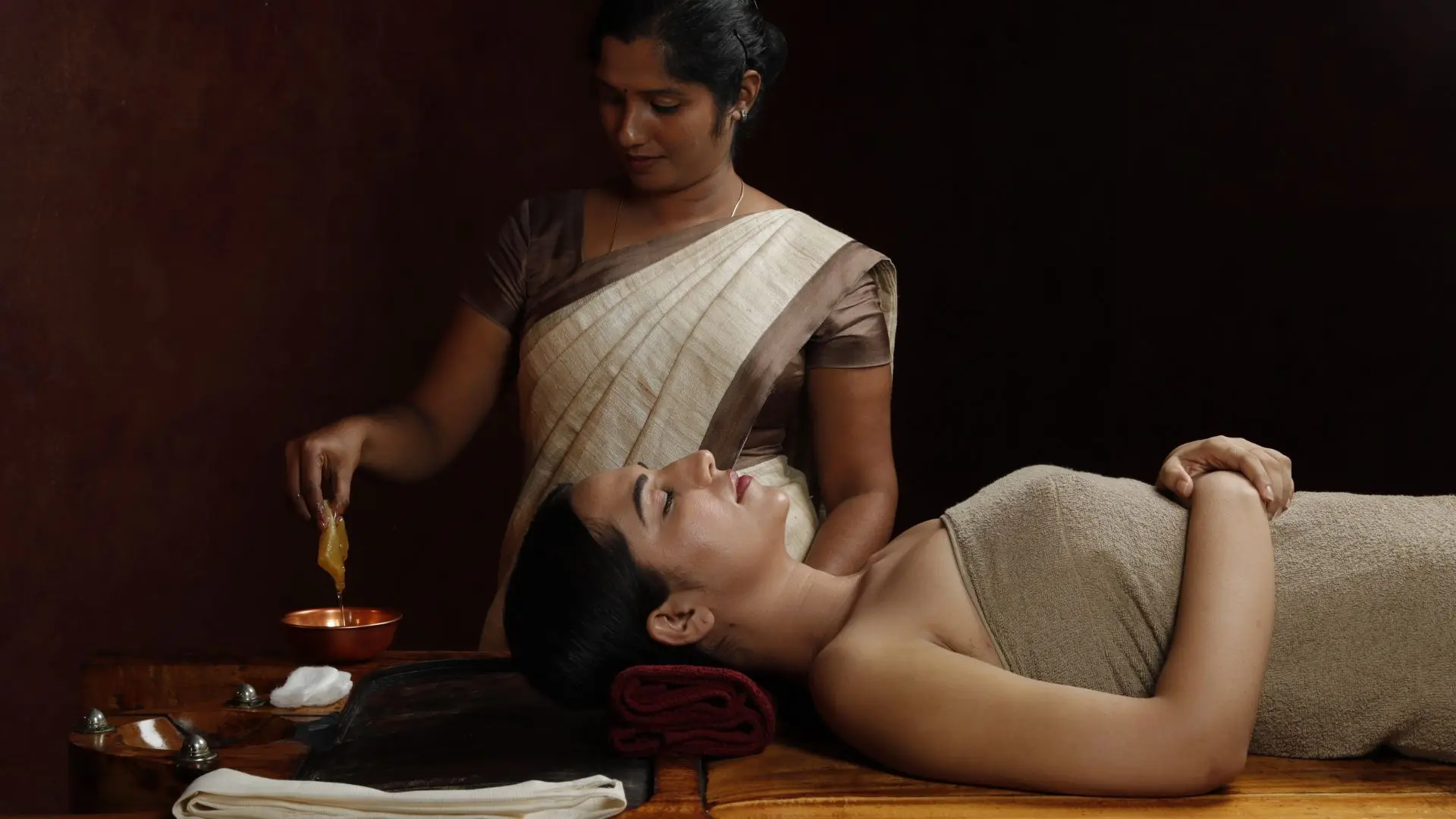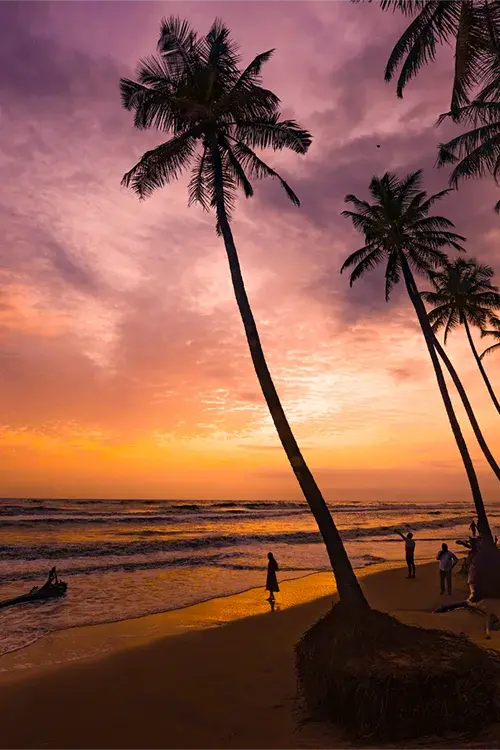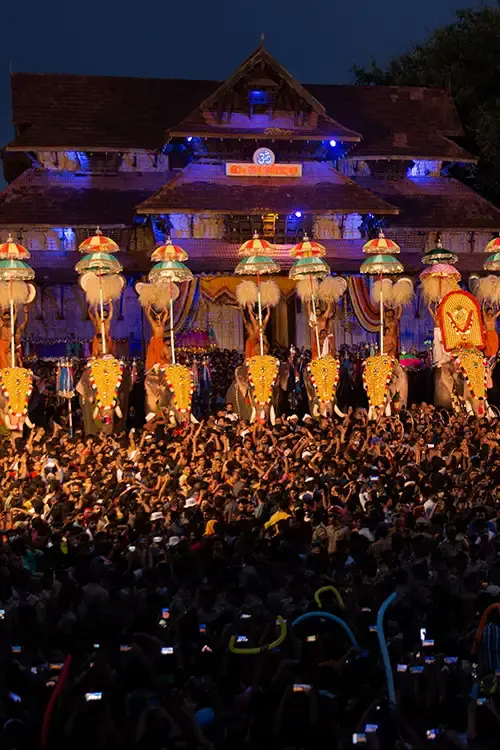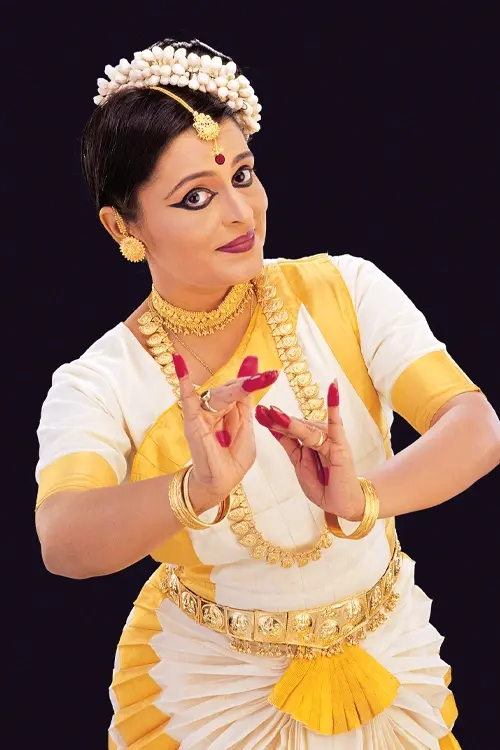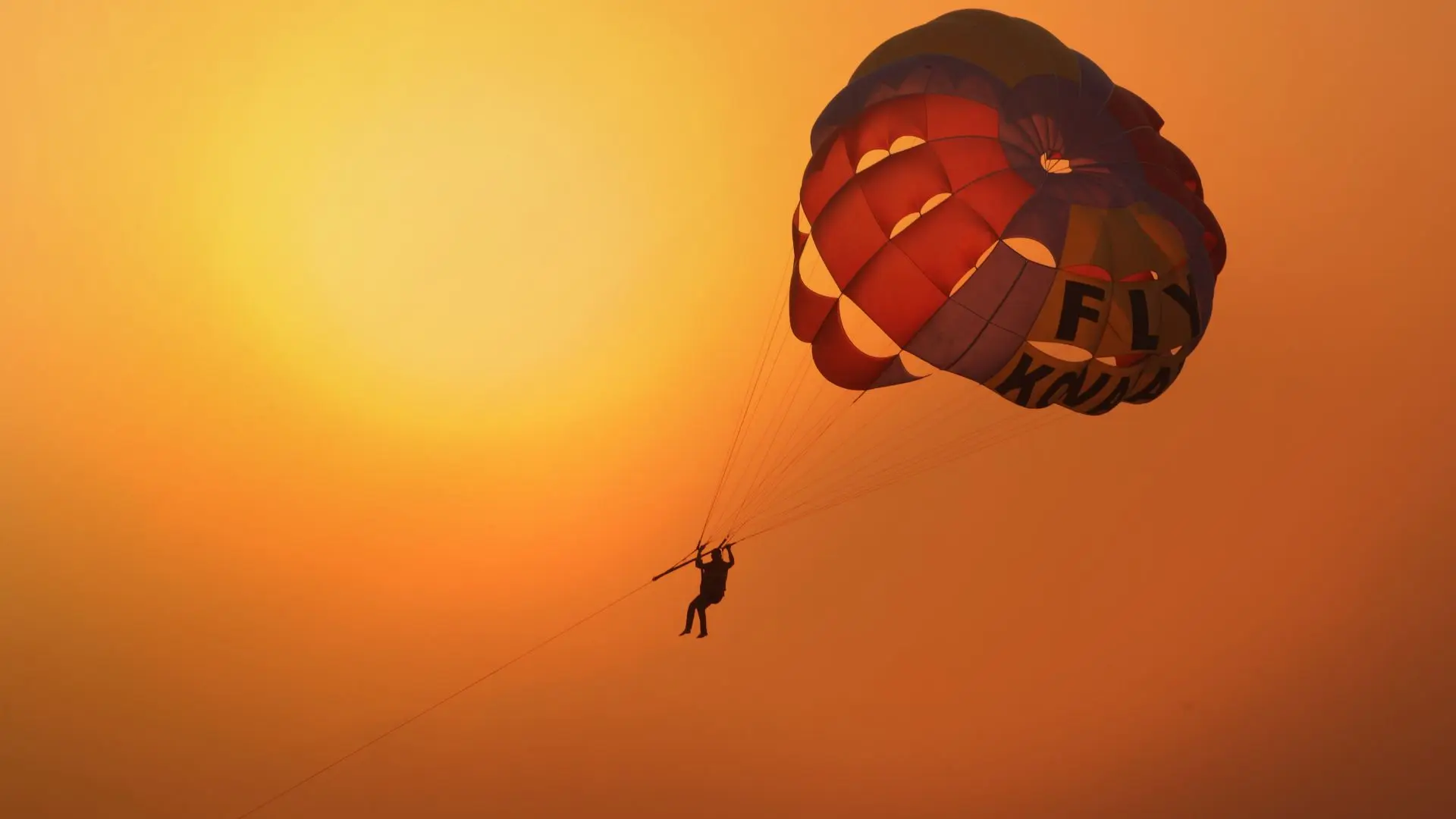Enchanting Kerala
Tourism minister takes an inspiring cruise on the Nila
"When the little ferry finished its sail and let itself embraced by the golden sands of River Nila, I felt it like a pilgrimage to my own heart, my own self. Though the river was as familiar as my own home, it was a unique voyage for me. Unescorted, unannounced, I traversed the taciturn water stretch of River Nila powered by a dream vision to protect the river and its great cultural tradition. I was accompanied by Madhuraj, the chief photographer of the magazine Yatra, published by Mathrubhoomi, a leading Malayalam daily.
This journey revealed to me a truth that Nila is still young, she is still beautiful. This comforting, caressing river of central Kerala, meanders through different and distinct cultures of the State, carrying with it the droplets of myths and history, blend with the boons of nature. Here lies the significance of Nila Heritage Circuit, a tourist circuit connecting the land along the course of Nila that bears the quintessence of our culture. For me the project is a dream and this journey was meant to explore the possibilities of that dream.
The circuit extends from the Thunjan Parambu (birth place of Thunchathu Ramanujan Ezhuthachan father of Malayalam language) near Thirur to Kalpathi. En route we trekked through the pristine soil, from where emanate the legends of the Parayi Petta Panthirukulam, literally "twelve clans born of pariah woman." The twelve children of this pariah woman became the representatives of the twelve major clans of ancient Kerala. The journey also takes us through the showground of Kalamandalam, a premium centre for learning Indian performing arts, especially those originated in Kerala.
This journey opens up a land that is highly rich in culture. Several significant and outstanding elements in the culture of Kerala can be traced to the banks of Nila. Art forms like Kathakali, Kutiyattam, Thullal, Kanyarkali, Chavittukali; men of letters like Thunchathu Ramanujan Ezhuthachan, Kunjan Nambiar (master of Malayalam satirist poetry and inventor of Ottan Thullal), poets and writers of twentieth century Kerala like Edasseri, M.T. Vasudevan Nair, O.V. Vijayan: all owe a lot to River Nila in their life and career. A journey that enlightens you about some colourful festivals of Kerala like Konganpada at Chittur, chariot festival at Kalpathi, Chinakkathoor Pooram and art forms like Shadow Puppetry of Lakkidi, and lot more.
I guess this journey along the Nila is a blend of paradoxes and persistence. The cremation land at Aivarmadom and the Punarjani (rebirth) cave are on the same banks; so lies the Brahmaswom monastery, where the chants of Rigveda reverberates, and the echoes of Sufi hymn at Ponnani. There is no one river in the world, which is called both as Kanneerpuzha (river of tears) and Shokanashini (one that removes sorrows).
Another special feature of the journey through the Nila is that it gives you the experience of a journey through several rivers. For Nila is not a single river. It is the energy of more than 20 rivers. All these little rivers enrich the 206 kilometer stretch of Nila that extends from Anamudi near Pollachi to Ponnani in Malappuram. There are countless places of worship spread along the banks of the river. Thiruvilwamala Sree Rama temple, Thirunavaya Navamukunda temple, Chamravattam Ayyappa temple and Panniyur Sree Varahamurthy temple are some of them.
One of the important spheres in the Nila Heritage Circuit is Thrithala - the land of Parayi Petta Panthirukuklam. I got the opportunity to admire the charm of the Vemancheri Mana of Mezhathol Agnihothri (the first among the twelve children of the pariah woman who rejuvenated the Vedadharma culture in Kerala) and the Kanjiram tree of the rebellious Pakkanar (the second among the twelve offspring of the pariah woman). Panniyoor Varahamoorthi temple that was shaped by the gifted hands of the legendary master craftsman Perunthachan, the third son of the pariah woman is a fascinating structure. The temple inside the Agnihothri Mana (the traditionalNambppthiri house of Kerala) is small in size but carries the legacy of 1600 years. It stands unnoticed amid a paddy field.
From there we moved to Kuttippuram. Here, on the west is Nila Park, which is meant for families who come to spend an evening on the river bank. The journey from Chamravattom amid the aattuvanchi shrubs was something unforgettable for me.
Finally my enlightening and insightful journey concluded kindling light to this new dream - the Nila Heritage Circuit. I know it's a big dream and requires great resource and long term effort. But I'm sure that this dream would come true if all of us join hands.
Courtesy: Mathrubhoomi Yathra Magazine
